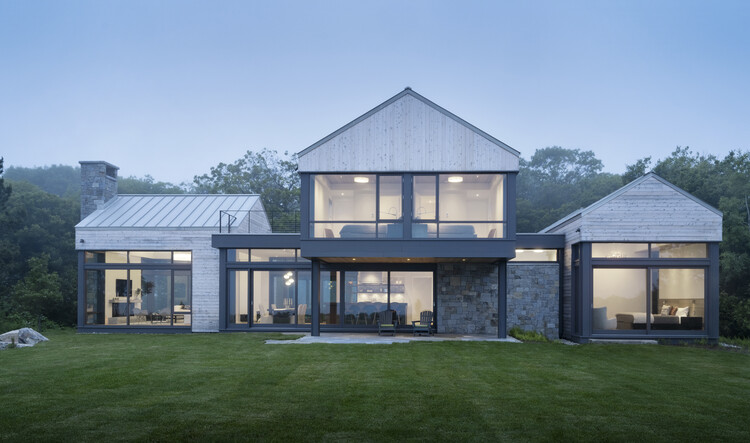In the ever-evolving realm of gaming, visuals play a pivotal role in captivating audiences and immersing them in virtual worlds. The marriage of technology and artistic creativity has birthed a landscape where game visuals have become a defining factor in a game’s success. From the mesmerizing landscapes of open-world adventures to the intricate details of character designs, the Game art outsourcing studio behind game visuals is an intricate dance between innovation and storytelling.
The Power of Visuals in Gaming
The adage “a picture is worth a thousand words” rings particularly true in gaming. Visuals serve as the initial hook, drawing players into a game’s universe. The ability to create stunning visuals isn’t just about aesthetics; it’s about crafting an emotional connection between the player and the game world.
Consider games like “The Last of Us Part II” or “Red Dead Redemption 2.” The breathtakingly realistic environments, nuanced character expressions, and meticulous attention to detail transport players into these worlds. Each visual element contributes to the narrative, enhancing the emotional impact and fostering a deeper connection with the game’s story and characters.
The Intersection of Art and Technology
Creating compelling game visuals is a delicate fusion of art and technology. Technological advancements like ray tracing, high-definition textures, and sophisticated animation tools enable developers to push the boundaries of visual fidelity. However, it’s the creative vision of artists that breathes life into pixels and transforms them into immersive experiences.
Concept artists sketch out the initial blueprints of game worlds, character designers breathe personality into avatars, and environmental artists meticulously craft landscapes that players will explore. The collaborative effort between artists, programmers, and designers is akin to a symphony, harmonizing technical prowess with artistic ingenuity.
Evolving Trends in Visual Design
As gaming technology continues to evolve, so do the trends in visual design. From the pixelated landscapes of retro games to the hyper-realistic graphics of modern titles, the industry has witnessed a remarkable evolution.
Art styles also play a pivotal role in shaping a game’s identity. While some games opt for photorealism, others explore cel-shading, minimalism, or abstract art styles to create unique and memorable experiences. For instance, “Cuphead” stands out with its 1930s cartoon-inspired visuals, capturing the essence of a bygone era.
Challenges and Innovations
The quest for groundbreaking visuals isn’t without its challenges. Striking a balance between performance and visual fidelity remains a constant struggle, especially with the demand for seamless experiences across various platforms. Additionally, addressing diversity and inclusivity in character design is an ongoing effort within the industry.
However, innovative solutions continue to emerge. AI-driven procedural generation techniques streamline the creation of vast, detailed worlds. Augmented and virtual reality technologies offer new dimensions for immersive gaming experiences, blurring the lines between the virtual and the real.
The Future of Game Visuals
Looking ahead, the future of game visuals appears boundless. Advancements in hardware capabilities, such as faster GPUs and enhanced rendering techniques, promise even more stunning visuals. Moreover, the integration of machine learning and AI into design workflows is poised to revolutionize content creation, empowering artists with new tools and efficiencies.
Additionally, as gaming becomes more inclusive and diverse, we can expect to see a broader range of art styles and storytelling approaches that resonate with diverse audiences worldwide.



